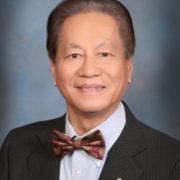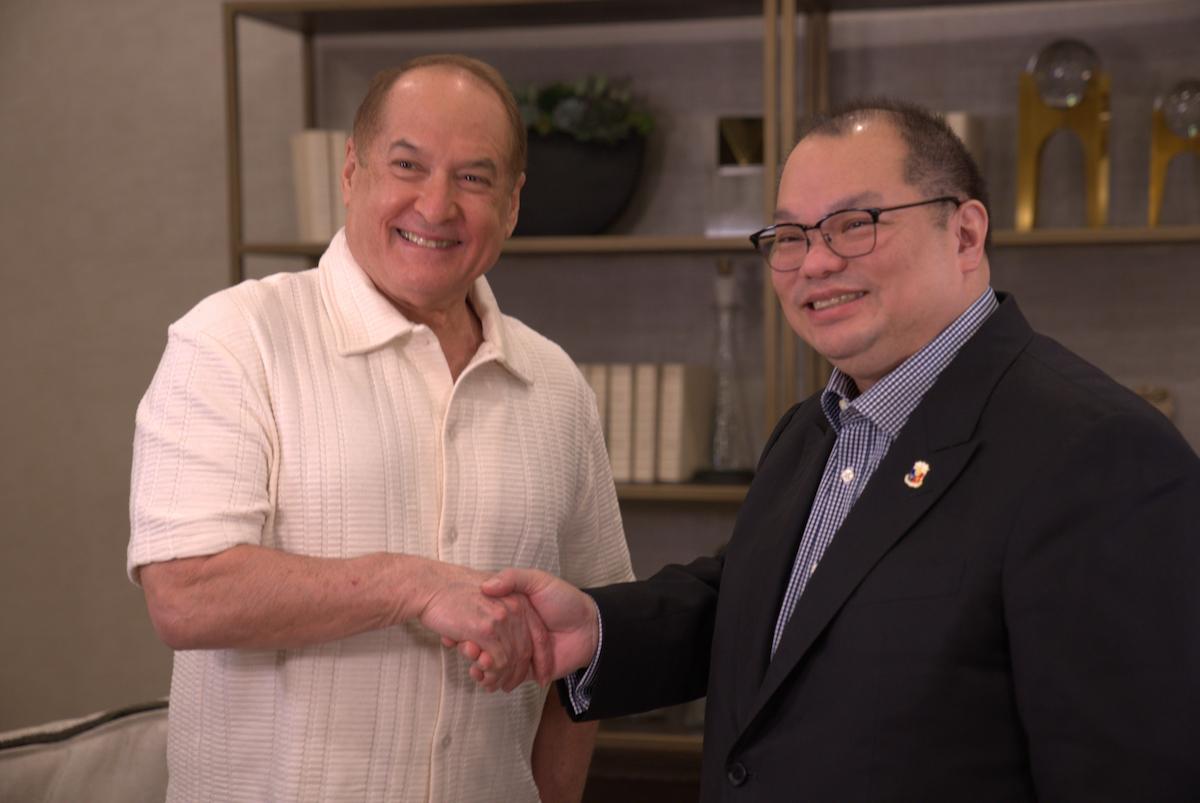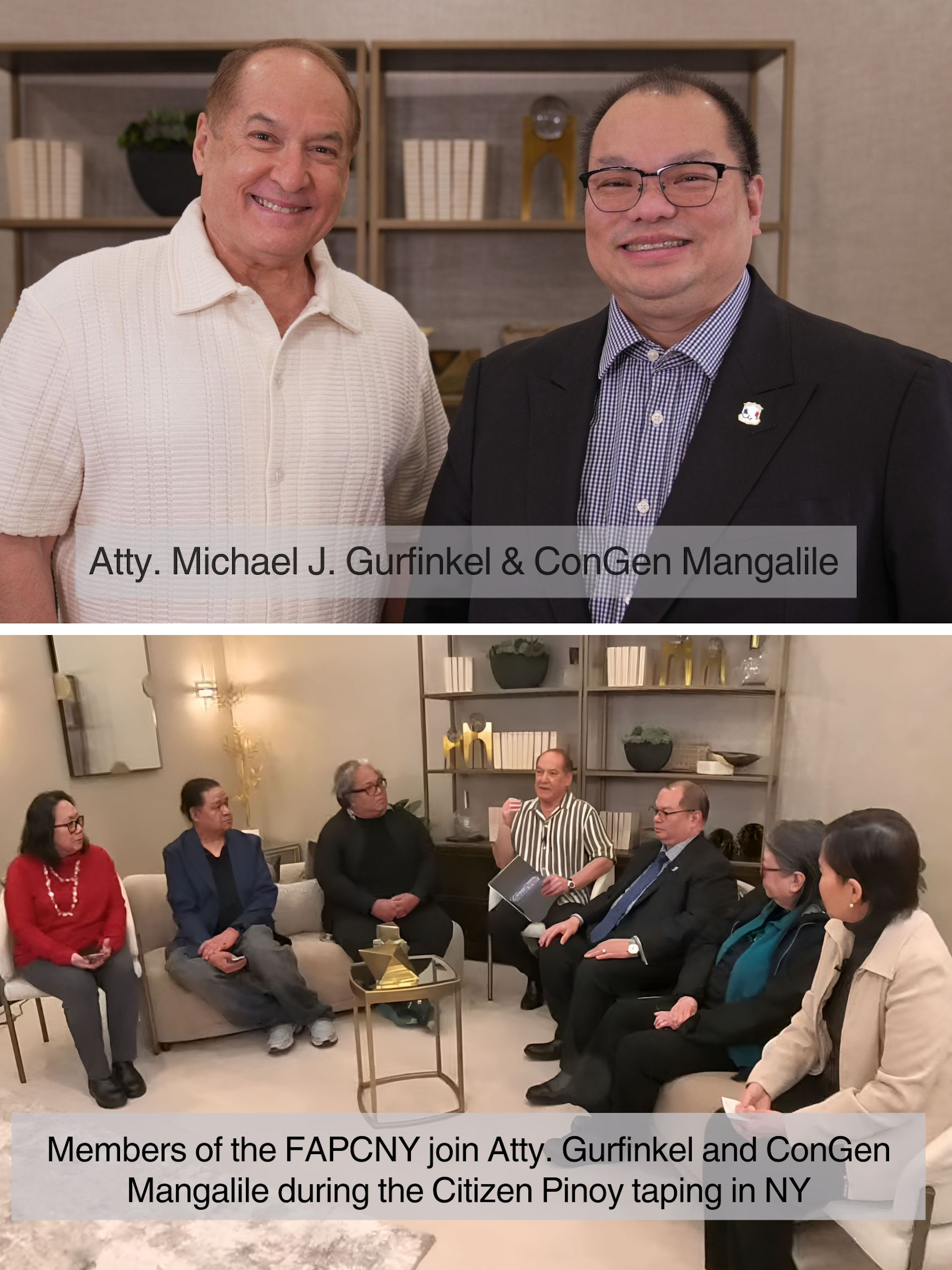VETERANS who once served on active duty at time of war, need not be in combat, in the United States Army, Marine Corp, Air Force, Navy, or Coast Guard, or in the Merchant Marine during World War II, may be eligible for non-service connected, tax-free aid and attendance pension from the US Department of Veterans Affairs (VA).
This pension is a benefit paid to wartime veterans, who served 90 days or more with at least 1 day during a period of war time, and permanently and totally disabled or age 65 or older, with limited income.
Period of war beginning and ending dates
Since no veteran from the Mexican Border Period of May 9, 1916 through April 5, 1917, and World War I from April 6, 1917 through November 11, 1918, is still alive, the eligible veterans are from: (1) World War II from December 7, 1941 through December 31, 1946; (2) Korean Conflict from June 27, 1950 through January 31, 1955; (3) Vietnam Era from February 28, 1961 through May 7, 1975; and (4) Gulf War from August 2, 1990 to the present.
To be eligible, the veteran must have been discharged from the service under other than dishonorable conditions. The VA requires the original or a certified copy of the discharge, typically a DD 214 or a WD.
Income test for aid & attendance pension
Under the income test, the household income of the veteran or surviving spouse cannot exceed the Maximum Allowable Pension Rate (MAPR) for that category of benefit based on whether the Award is for: a veteran with a spouse, a single veteran, or a single surviving spouse of a veteran, with or without medical rating or household or aid and attendance allowance.
But the household income can be reduced by future predictable monthly medical costs under certain special conditions.
Asset test for air & attendance pension
Although there is no specific asset test in the regulations, household assets of a veteran or surviving spouse should not exceed $80,000.00, as a traditional ceiling. A personal residence, a reasonable amount of land on which the residence is located, personal property, and automobiles for personal use are all exempted from the asset test.
Moreover, assets can be rearranged or reallocated by gift to a non-resident of the veteran’s household, or converted into income by annuity to qualify under the asset test.
2013 VA pension rates
The Department of Veterans Affairs (VA) is paying the following final rates beginning in 2013 for Base Pension Benefits, with Housebound and Aid and Attendance supplements, and with the higher rates including a 1.7% cost of living increase:
A. For the Veteran:
Monthly Aid and Attendance Benefits: (1) without
Dependents: $1,732; and (2) with one Dependent: $2,054;
For the Widow/Widower:
Monthly Aid and Attendance Benefits: (1) without Dependents: $1,112; and (2) with One Dependent: $1,327;
Two Veterans Married To Each Other:
Both Veterans Receiving Monthly VA Base Pension Benefits: $1,360;
Either Veteran Receiving Monthly Housebound Benefits: $1,590;
Both Veterans Receiving Monthly Housebound Benefits $2,049;
Either Veteran Receiving Monthly Aid and Attendance: $2,053;
Both Veterans Receiving Monthly Aid and Attendance Benefits: $2,675; and
One Veteran Receiving Monthly Housebound Benefits and One Veteran Receiving Monthly Aid and Attendance Benefits: $2,284.
Who can assist with the claims process?
Only an accredited agent, accredited service organization representative, or an accredited attorney can assist with the claims process, except for a one-time assist by on unaccredited person, under the applicable federal code and VA regulations.
Moreover, the aforesaid accredited individuals are prohibited from charging a fee for filing claims on behalf of a veteran household.
But a certified attorney may charge for drafting a personal service or homecare provider agreement, asset protection trust, other agreement or document, or other legal services.
VA Form 21-526 is used by a veteran to apply for compensation or pension or both for the veteran who is single or who has dependents.
This form can also be used to apply for pension for a healthy veteran with an unhealthy spouse generating large medical expenses to qualify for household pension.
Lastly, it can also be used when veteran household assets have been given away or retitled in another person’s name.
VA Form 21-527EZ is used by a single veteran to apply for pension only. Of the veteran is married, VA Form 21-686c is used in conjunction with VA Form 21-527EZ.
The pension claim is sent to the Pension Management Centers in St. Paul, Minnesota; Milwaukee, Milwaukee; or Philadelphia, Pennsylvania.
* * *
Roman P. Mosqueda has practiced criminal defense and Immigration law for over 20 years. He is a long-time member of the California Public Defenders Association. , and trained as a prosecutor with the Los Angeles City Attorney under the Trial Advocacy Program of the Los Angeles County Bar Association. He is also a volunteer, State-Bar trained arbitrator on attorney’s fees dispute resolution. Send comments or inquiries to [email protected] , or call (213) 252-9481 for free consultation appointment, or visit his website at www.mosquedalaw.com






